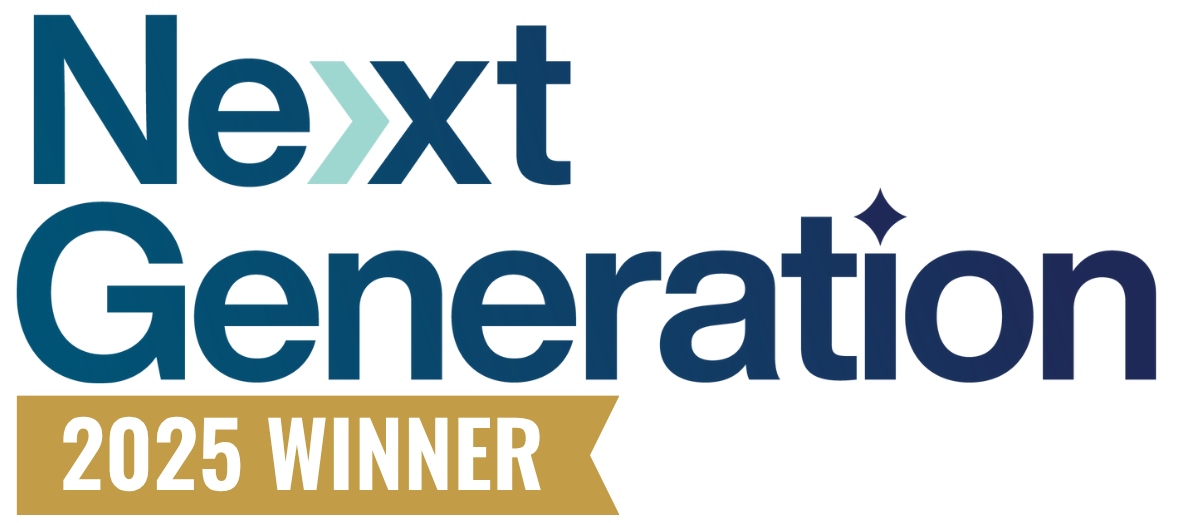The clock is ticking for Windows 10.
151 Days, 11 Hours, 51 Minutes, 44 Seconds
On October 14, 2025—just seven months from now—Microsoft will officially end support for its most widely used operating system. This isn't just another software update cycle; it's a critical transition that affects millions of businesses worldwide.
When Windows 10 reaches its end of life, Microsoft will stop providing security updates, bug fixes, and technical support for all standard editions of the operating system. While your computers won't suddenly stop working, they'll become increasingly vulnerable to new cybersecurity threats.
For businesses, this deadline represents significant risks to ongoing security, operations, compliance, and compatibility issues.
The reality is stark: every business currently running Windows 10 needs a transition plan—and the time to start is now.
This guide will help you understand what's at stake and develop a practical strategy to navigate this critical IT milestone, including building your cybersecurity team during the Windows 10 end of life transition.
When Is Windows 10 End of Support?
The official Windows 10 end-of-support date is October 14, 2025.
This day marks the end of Microsoft's support of this particular operating system.
What Happens When Windows 10 Support Ends?
When the clock strikes midnight on October 14, 2025, Windows 10 won’t turn into a pumpkin, but it will enter a new phase—one without Microsoft's protective umbrella.
What does this mean?
First and foremost, security updates will cease completely. Those regular patches that quietly protect your systems from newly discovered vulnerabilities? Gone. This creates an open invitation for cybercriminals, who specifically target outdated systems knowing they contain unpatched security holes.
Without these critical updates, your business faces dramatically increased risks of malware infections, ransomware attacks, and data breaches—all of which can hinder operations and damage your reputation.
Beyond security, you'll start noticing compatibility headaches. As software developers shift their focus to Windows 11 and newer platforms, they'll gradually stop optimizing their applications for Windows 10.
Over time, newer versions of the business software you depend on daily may simply refuse to run on your outdated operating system. This creates a slow but steady degradation in functionality that can disrupt workflows and hamper productivity.
For businesses in regulated industries like healthcare, finance, or legal services, the stakes are even higher. Many compliance frameworks—including GDPR, PCI-DSS, and HIPAA—explicitly require organizations to maintain up-to-date, supported operating systems. Continuing to use Windows 10 after support ends could put you in direct violation of these regulations, potentially resulting in significant fines and penalties.
Another pressing issue that businesses need to consider is the looming product availability crunch. As we inch closer to October 2025, a significant portion of organizations worldwide will be looking to replace their PCs. This surge in demand, coupled with potential supply chain constraints, is likely to create a perfect storm of limited availability and increased costs.
The time to act is now. By planning your transition early, you not only avoid the last-minute rush but also potentially save on hardware costs. Waiting until closer to the deadline may leave you facing higher prices and extended wait times for new equipment, further complicating your migration process.
What Are Businesses Supposed To Do?
Microsoft does offer a lifeline through its Extended Security Updates (ESU) program, but it comes at a premium. For businesses, the pricing follows a tiered structure, starting at $61 per device for the first year and doubling each subsequent year.
While this buys you critical security updates, it doesn't include new features or technical support—and the escalating costs make it an expensive temporary solution rather than a long-term strategy.
The reality is that while your Windows 10 computers won't suddenly stop working on October 15, 2025, they'll become increasingly risky and costly to maintain.
Planning your Windows 10 end of life transition strategy now helps maintain your business's security, compliance, and operational effectiveness.
What Upgrade Options Do Businesses Have?
As the Windows 10 end of life approaches, businesses face a critical decision point.
The good news? You have several viable paths forward, each with distinct advantages depending on your organization's size, budget, and IT infrastructure.
Many businesses will consider upgrading to Windows 11. Let’s take a look at what it would take to do that effectively.
Upgrade to Windows 11
For many organizations, Windows 11 represents the most straightforward transition. Microsoft's newest operating system offers substantial improvements that go beyond mere visual changes.
Security gets a major boost with enhanced hardware-based isolation, stronger encryption, and more robust protection against sophisticated threats. Performance improvements are noticeable too—faster wake from sleep, more efficient background processing, and better battery life for mobile devices. Plus, Windows 11 ensures compatibility with the latest business applications and cloud services that may eventually drop support for Windows 10.
The catch? Windows 11 has stricter hardware requirements than its predecessor. Your devices need a:
- Compatible 64-bit processor
- TPM 2.0 security chip
- UEFI firmware with Secure Boot capability
- At least 4GB of RAM
- 64GB of storage
Because of this, many computers manufactured before 2018 simply won't make the cut, regardless of how well they run Windows 10.
Tips To Evaluate New Hardware Investments
If your hardware assessment reveals that many of your devices can't support Windows 11, you're facing a more significant transition. This might actually be a blessing in disguise.
Most business computers have a productive lifespan of 3-5 years before performance degradation, reliability issues, and security concerns make replacement the more economical choice. If you're running hardware that can't support Windows 11, chances are these systems are already approaching (or past) their optimal replacement window.
When considering new hardware, weigh the total cost of ownership, not just the upfront price. Modern systems typically consume less energy, require fewer repairs, and boost productivity through faster performance—all factors that offset initial costs.
For businesses with cash flow considerations, leasing arrangements can transform a large capital expense into a predictable monthly operational cost while ensuring you always have current technology.
Explore Cloud and Virtual Desktop Solutions
For organizations seeking flexibility, cloud-based options offer compelling alternatives to traditional hardware upgrades. Users get a consistent, personalized Windows environment they can access from anywhere while IT maintains centralized control over security and updates.
Similarly, Azure Virtual Desktop allows you to deploy virtual Windows environments that users can access from various devices. This approach is particularly valuable for businesses with remote workers, contractors, or employees who need access to specific applications from multiple locations.
Cloud solutions can be really beneficial by enhancing security and ensuring business continuity without increasing hardware costs, decreasing costly capital expenditures.
The right approach for you depends on your budget, existing computer systems, department needs, regulatory requirements, and more. A thorough network assessment can help you develop a custom plan that fits your needs.
How Businesses Can Make A Smooth Windows 10 End Of Life Transition
Moving from Windows 10 to a new solution doesn't have to be chaotic.
Start with a comprehensive system audit to understand exactly what you're working with. Document every device running Windows 10 across your organization, including:
- Hardware specifications and age
- Installed software and applications
- Business criticality of each system
- Peripherals and specialized equipment that might need updated drivers
Next, develop a realistic migration plan with clear phases and milestones. The most successful transitions typically follow a staged approach rather than attempting to upgrade everything simultaneously.

Your plan should include:
- Prioritized departments based on business impact
- A pilot group to identify issues before wider deployment
- Adequate time for testing critical applications
- Training schedules for employees adjusting to new systems
Data protection is non-negotiable during any system transition. Before making any changes, ensure you have current, verified backups of all critical business information. Consider implementing a temporary redundant backup system during the migration period for added protection.
Security deserves special attention during this vulnerable transition period. As you migrate systems:
- Implement robust endpoint security solutions for both old and new environments
- Deploy multi-factor authentication (MFA) across your organization
- Review and update access controls for all systems
- Monitor for unusual activity that might indicate a security breach
Also, remember to work with a managed IT provider who specializes in transitions like this. With their experience, you can avoid common mistakes, optimize licensing costs, and ensure your security stays top-notch.
A successful upgrade to Windows 11 is just as much about your people as it is about the technology. Keep your team informed about upcoming changes, provide clear training resources, and ensure adequate support along the way.
Create Your Windows 10 End of Life Transition Plan
The October 2025 deadline for Windows 10 support isn't as far away as it seems. Every day you wait increases your exposure to security risks, compliance issues, and potential business disruptions.
Now is the perfect time to take a look at your IT infrastructure and create a strong transition plan.
Contact SymQuest today for a comprehensive Windows OS migration assessment. Our team will help ensure your business transitions seamlessly while maintaining security and productivity throughout the Windows 10 end of life transition.






